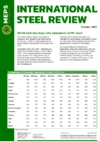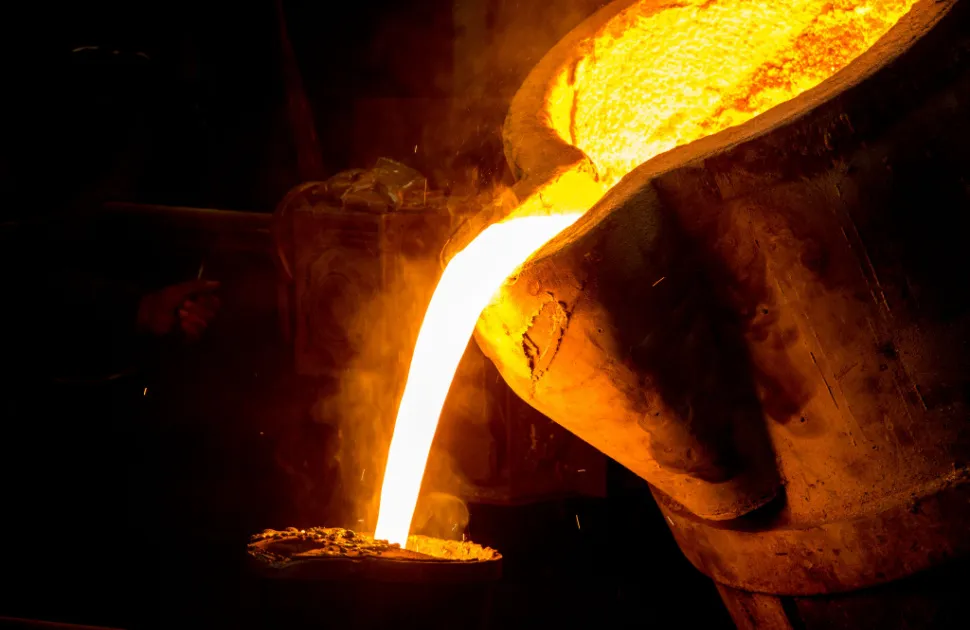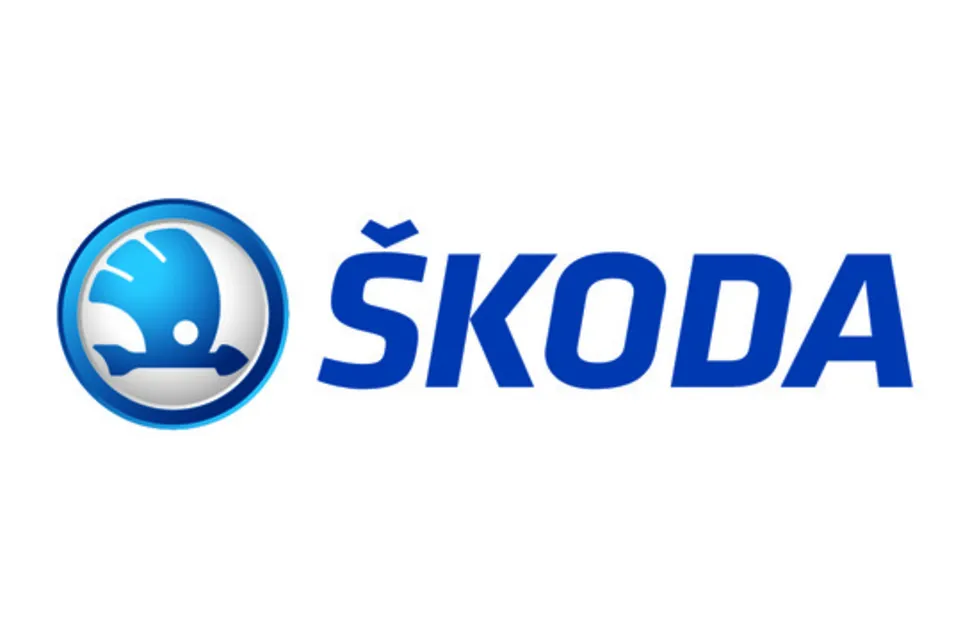The steel industry during the Queen’s 70-year reign
When Queen Elizabeth II ascended the throne in 1952, global crude steel production stood at 212 million tonnes. By the end of her reign, in 2022, it had climbed to 1.9 billion tonnes – a dramatic increase of 800 percent.
During the same time, annual finished steel use also rose, from approximately 85kg per head to around 233kg per head.
In the United Kingdom, steel production peaked in 1970, following a 25-year upward trend in the period after the Second World War. Output has subsequently declined, with 2022 set to record another reduction.
Annual steelmaking in the UK is expected to fall below 7 million tonnes, for the first time since 1932.
European Union
At the time of Queen Elizabeth II’s coronation, the European Coal and Steel Community, the forerunner of the European Union, had just been established.
The Treaty of Paris created a common market for coal and steel, among its six founding member states. These products would be traded with freely set market prices, free movement of products, and without customs duties, subsidies, or other restrictive practices.
Trade within the region subsequently grew rapidly. In 2021, more than 150 million tonnes of crude steel was produced in the European Union.
China
In 1952, Chinese output was approximately 1.35 million tonnes – less than 1 percent of the total volume produced globally that year. That figure now stands around 55 percent, with an estimated 1 billion tonnes of steel being manufactured in China this year.
No other country has witnessed a similar rise. This was particularly apparent in the first decade of this century, when the country recorded double-digit percentage increases in production in eight out of ten years.
This was shown to be unsustainable and led to a situation of persistent oversupply. Growth was still evident, albeit at a slower pace, throughout the following decade.
In 2021, the country’s output shrank by 3 percent, as the world struggled with the impact of the coronavirus pandemic. A second consecutive year of contraction is anticipated, in 2022, following moves by the Chinese government to rein in oversupply in the local steel industry.
United States
In the early 1950s, the United States was in a wartime economy. The national government used price and wage controls, to keep the steel sector in operation. Due to economic and political pressures, however, this was ultimately unworkable.
As the industry became increasingly deregulated, the country’s output grew over the subsequent years, eventually peaking in the 1970s. Production volumes, in 2022, are on course to be at a similar level to those recorded at the start of the Queen’s reign.
Low-carbon future
The world is ever changing, and the steel industry is no different. The shift towards greener, less polluting, methods of production will continue to alter how businesses, manufacturers and consumers obtain the products they need. How this will affect the global trade in this much-used commodity is yet to be known.
Approximately 25 percent of steel products were exported from their country of manufacture, in 2021. This figure stood at around 12 percent at the time of Queen Elizabeth II’s accession. If a truly low-carbon steel industry is to emerge, then this percentage will need to reduce in the years ahead.

Source:
International Steel Review
The MEPS International Steel Review is an essential monthly publication, offering professional analysis and insight into carbon steel prices around the world.
Go to productRequest a free publication





